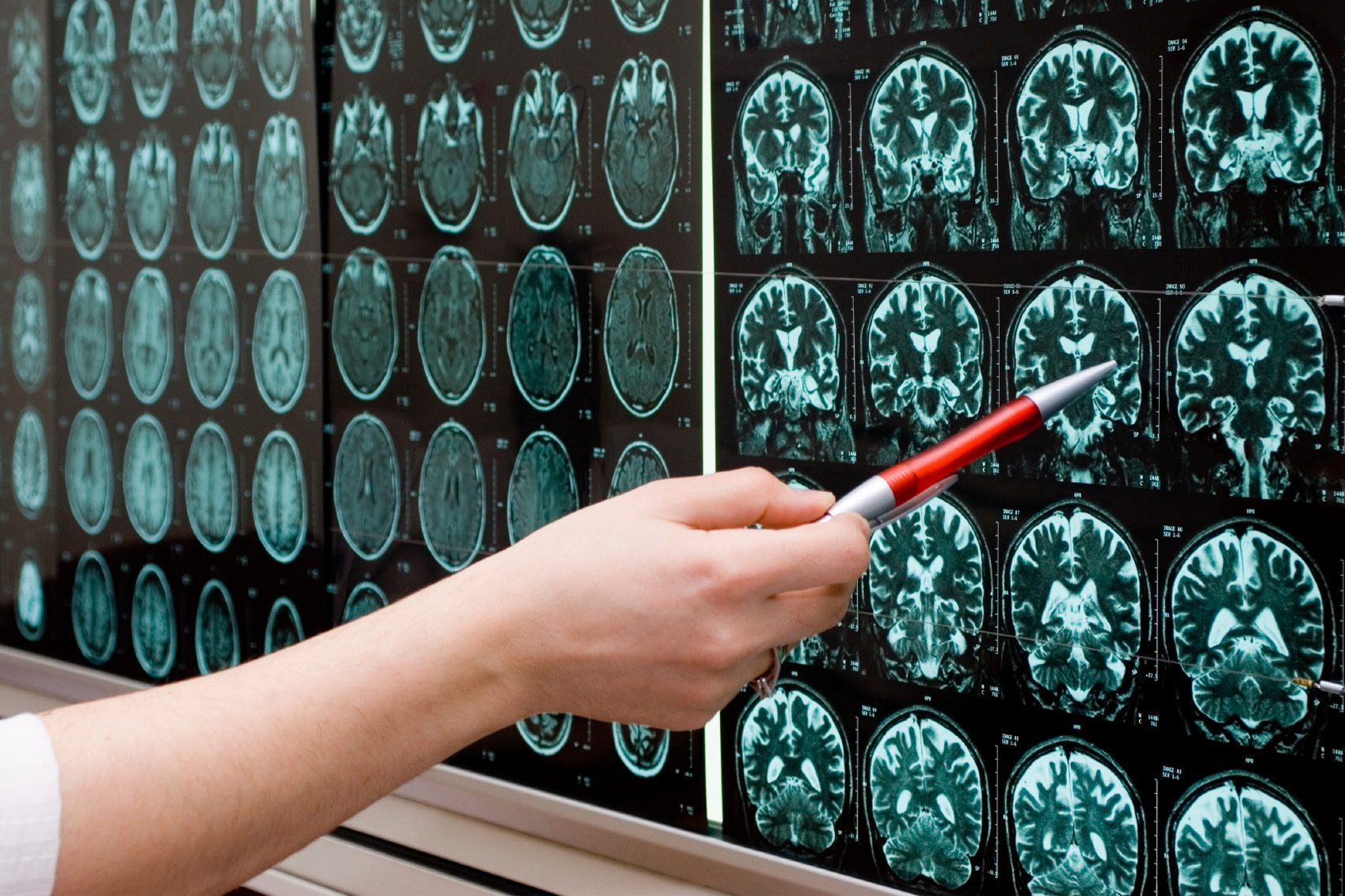
Stroke research project receives NHMRC injection of $4.2million
New stroke research to be undertaken by the George Institute for Global Health has been awarded $4.2 million by the NHMRC, the largest ever investment for a research project in this area.
Led by Professor Craig Anderson the project will compare the effectiveness of two new approaches to the manner in which standard treatments are currently administered to patients within the first few hours after the onset of stroke in hospital.
“The goal is to investigate the potential to deliver cheaper, safer and more effective treatment for patients suffering ischaemic stroke.
“Most strokes are ischaemic due to a clot in an artery producing rapid reduction in blood flow to the brain. The clot-busting drug rtPA is the only proven medical treatment for ischaemic stroke, but it is expensive, unavailable to many people, does not always work, and has a risk of bleeding in the brain. This study aims to determine whether a lower dose of rtPA and the early control of elevated BP are beneficial in patients with ischaemic stroke.
“With more than 60,000 strokes occurring in Australia every year1, with an estimated cost of $2.14 billion2 in Australia alone, the implications for new and more effective treatment for acute stroke are phenomenal.
“This will be high-impact research in which Australia will now be leading the world,” said Professor Anderson.
A further $5 million was awarded to The George Institute in the latest round of NHMRC funding, for five Research Fellowships and two Career Fellowships.
The George Institute Chief Scientific Officer, Associate Professor Anushka Patel applauds the success of the Institute’s researchers.
“The success of this latest round of NHMRC funding showcases the fact that we are addressing the health needs of a global community by focusing on the world’s biggest causes of death and disability with research that provides innovative solutions, quickly and cheaply. At the same time, we are investing in the capacity within the Australian research community by supporting our scientific leaders who are helping build a healthier tomorrow for all.”
1. AG Thrift (personal communication). Estimates obtained using NEMESIS data (assuming no change in incidence), and Australian Bureau of Statistics estimates of a changing population
2. Cadilhac, D., H. Dewey et al. Investing in Stroke – What are the potential cost offsets from the strokesafe program. National Stroke Research Institute – Technical Report (Unpublished) 2005


